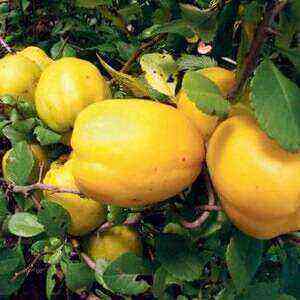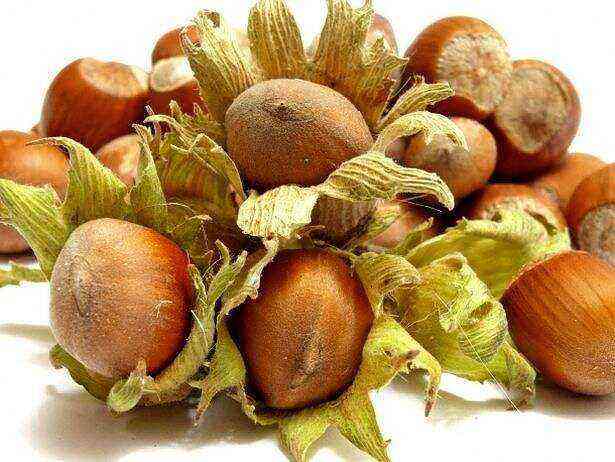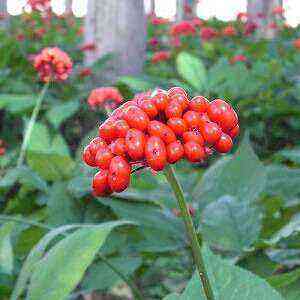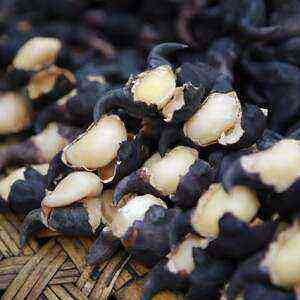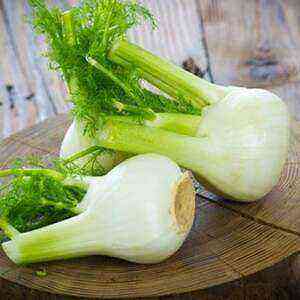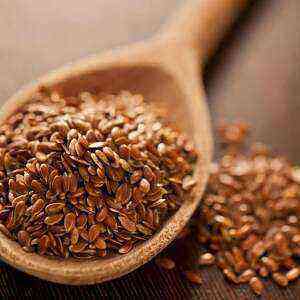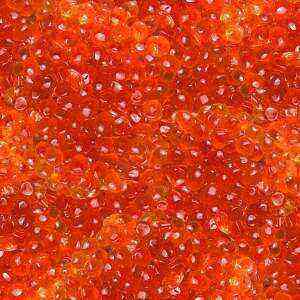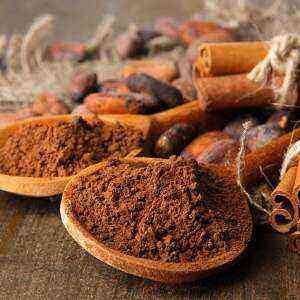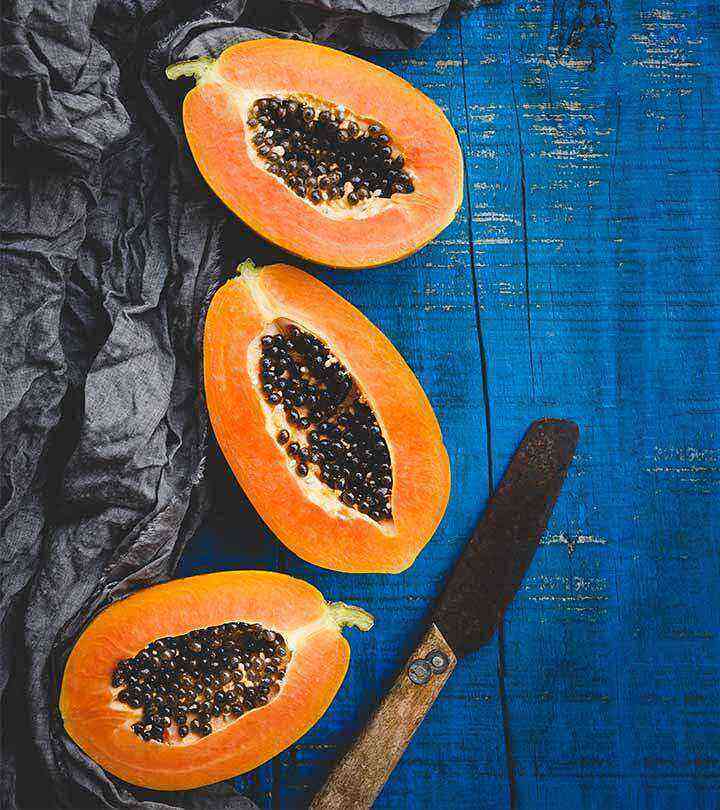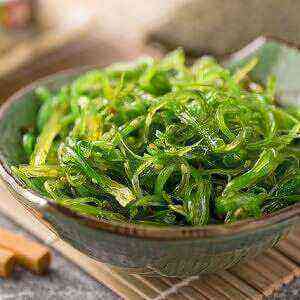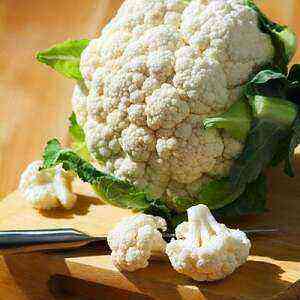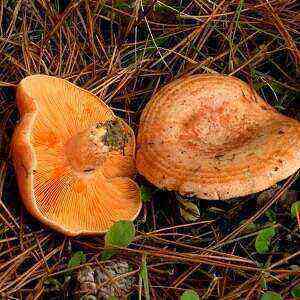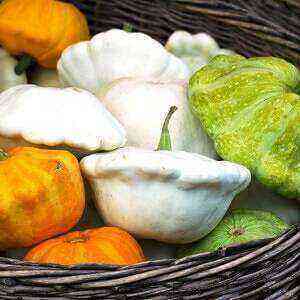
What is celery
Celery is a two-year-old plant from the umbelliferous family. That is, it is included in the same group of vegetables as parsley, carrots, dill, fennel, cilantro, parsnip, caraway seeds and many others. Its greens look very much like parsley (but larger and with a sharper smell). Root varieties of celery form, as a rule, spherical root crops, which are valued for a unique nutty flavor. In the markets you can see stem, leaf and root varieties of celery.
It is believed that a person has been cultivating this vegetable for 3000 years, and the Mediterranean region is considered to be the birthplace of celery. In the role of a medicinal plant it was used in ancient Egypt. The leaves of this plant, archaeologists have found even in the tomb of Tutankhamen. In ancient Greece, celery leaves were woven into a wreath of sports winners, and the Romans used it as a hangover cure.
In Russia, this plant was known as “Roman parsley,” but it was not consumed as food. At least at first. For our ancestors, this grass was a protector from evil forces and a talisman that brings happiness. Celery did not take root as food in the time of Catherine the Second – in those days, court ladies wove its greens into wreaths, but there was no talk of eating it. Only with time did this fragrant herb make its way first into folk medicine, and then to the tables. Celery has also been used as a medicinal plant in Tibetan and Chinese medicine since ancient times. This vegetable is popular in Ayurveda.
Today this plant is cultivated in almost all countries. It survives well on clay and sandy soils in latitudes with a temperate climate. Some species can reach 3 meters in height. The plants of petiolate varieties, as a rule, consist of 10-12 succulent light-green U-shaped (cut) stems. The leaves of all varieties are very fragrant, pinnate, jagged at the edges. Flowers form cream-colored “umbrellas”, in place of which miniature seeds develop over time.
By the way, celery essential oil is used in pharmacology and perfumery industry.
Nutritional characteristic
No matter what part of the vegetable got into your plate, in any case, you can be sure that the body will receive a huge amount of useful elements. And these are B, C, A, K vitamins, organic acids, iron, calcium, magnesium, manganese, phosphorus, essential oils and many other useful phytocomponents.
Celery leaves contain various phytonutrients, including terpenes. Also in the composition of this plant was found a group of substances known in chemistry as phthalides. These substances are responsible for the specific aroma of celery, but in addition to this many useful properties of phthalides are known.
It is well known that most products after heat treatment lose some nutrients. But if celery is cooked properly, it will be possible to keep the maximum amount of useful components. For example, a three-minute blanching or 10 steaming minutes will allow you to keep more 80% of nutrients in the vegetable.
Nutritional value at 100 g
Caloric content 16 kcal Proteins 3,46 g Fats 1,12 g Carbohydrates 3 g Fiber 2,1 g Vitamin A 450 IU Vitamin C 3,1 mg Vitamin K 29,3 μg Vitamin B1 0,02 mg Vitamin B2 0,57 mg Vitamin B3 0,32 mg Vitamin B5 0,25 mg Vitamin B6 0,07 mg Vitamin B9 36 μg Sodium 80 mg Potassium 260 mg Copper 0,35 mg Iron 0,2 mg Calcium 40 mg Zinc 0,13 mg Phosphorus 24 mg Magnesium 11 mg Manganese 0,1 mg
Benefits for the body
Modern scientific studies confirm that the popularity of celery in folk medicine, in particular as a natural remedy for lowering blood pressure, is not accidental. Potassium and phthalides (a substance that relaxes arteries), as well as the antioxidant coumarin, which increases the activity of white blood cells, were found in the composition of the vegetable. Celery has diuretic abilities, which is why it is useful for eliminating edema. In many countries, it is known as a vegetable with tonic properties. In addition, modern researchers agree with Hippocrates, who considered celery to be a nerve-calming vegetable. Essential oils from this plant are used today to treat the nervous system, and the infusion from its seeds is used as a carminative.
In many countries, this vegetable is used to treat toothache, insomnia, hypertension, nervousness, arthritis and rheumatism. Roman men used celery as an aphrodisiac. And what is most interesting, modern scientists have found the substance Androsterone in the composition of this plant, which is also contained in human sweat and helps men look more attractive in the eyes of women (at the level of instincts). And many studies confirm the effectiveness of celery in the prevention of cancer.
Roman parsley contains chlorophyll. And this substance promotes blood regeneration, has antioxidant, anti-inflammatory and antimutagenic properties. Thanks to magnesium, this vegetable is considered beneficial for people with insomnia or sleep disturbances, and vitamin A makes it beneficial for the eyes.
As already mentioned, in the composition of this vegetable there are specific compounds – phthalides. They give Roman parsley a special taste and aroma. But besides this, phthalides are very useful for the circulatory system. They not only relax blood vessels, thereby lowering blood pressure, but also cleanse blood of excess cholesterol.
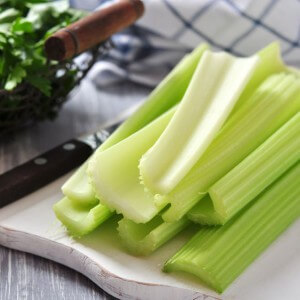
- strengthen immunity;
- reduce cholesterol;
- prevent atherosclerosis;
- improve the functioning of the heart and blood vessels;
- get rid of nervousness and anxiety;
- it is better to digest food;
- the kidneys and the urogenital system function correctly;
- improve protein metabolism;
- get rid of migraines.
In addition, celery is one of the most useful vegetables for people who are overweight. The stem and root of this plant have the so-called negative calorie. This means that the body, digesting the Roman parsley, will spend more calories than it receives.
The fact that celery increases masculine power, people have known since ancient times. In the Middle Ages, men still did not know that this vegetable enhances the production of the sex hormone Androsterone, on which potency actually depends. But even in those days, the most famous “heartbreakers” understood that celery is a good helper in amorous affairs.
Women love celery primarily because of its low calorie content, ability to affect metabolic rate and water balance (thereby preventing swelling). Celery, as a product rich in antioxidants, affects the skin condition (slows down the appearance of wrinkles), improves hair and nails. And as is the case with men, celery also acts on women as an aphrodisiac.
Possible side effects

To abandon the Roman parsley must pregnant women and nursing mothers. In the first case, the vegetable can cause premature birth or bleeding, in the second – it will give the milk an unpleasant taste. Also, vegetable juice is contraindicated in women with heavy menstruation, people with thrombophlebitis or varicose veins. The list of contraindications also called hypertension, gastrointestinal diseases in the acute phase, stone deposition, colitis, enterocolitis, cholecystitis.
Use in folk medicine
In folk medicine and phytotherapy, celery seeds are known as an effective antibacterial drug. But besides seeds, herbalists actively use other parts of the plant.
With frostbite
This old Siberian recipe suggests treating frostbite with a decoction of celery. About 150 g of any part of the vegetable will be needed per liter of water. In a still warm (but not hot) broth, lower the frostbitten limbs and hold for about half an hour. Then rinse with cold clean water, pat dry with a soft towel or grease with goose fat. This procedure is best done at night, wrapping frost-bitten areas in the heat. In some cases, treatment will have to be continued for 14 days.
For sleep disorders

Hypovitaminosis
Pure celery juice can be a good alternative to pharmacy multivitamins. In spring, it is helpful for both children and adults to take a teaspoon or tablespoon of fresh juice before meals.
With diabetes
It is useful for people with diabetes to drink 2-3 tablespoons of celery decoction before each meal. A medicine is prepared from 20 g of dry herbs and a glass of boiling water in a water bath (about 15 minutes).
With freckles and age spots
Daily rub in the problem areas of fresh plant juice. Decoction of vegetables can be used as a tonic.
How to choose and store

Use in cooking
Today, celery is an important part of many European cuisines where all parts of this plant are used. Stems, root and greens can be eaten raw, baked, fried or boiled. It is believed that for the first time, Italian cooks began cooking this vegetable in the 16th century. Today, celery is used to make omelets, casseroles, sauces, salads and cocktails (it is a traditional component of the Bloody Mary drink). Celery leaves serve as a green seasoning or decoration of dishes. Stems and root are suitable for cooking main dishes and salads.
Celery with bacon, apples and almonds

- celery root (1 pcs.);
- bacon (150 g);
- onions (1 pcs.);
- apples (2 pcs.);
- butter (1 tbsp.);
- chicken broth (200 ml);
- Almonds (50 g);
- parsley greens;
- spice.
In the butter heated in a pan, add bacon slices, fry until crusty and remove on a plate. In the remaining fat, stew onions, then add diced apples and celery. Cook until golden brown. Season with spices and pour in broth. Cook under the lid closed for 20 minutes, then open and cook over high heat. After evaporation of excess liquid, add almonds and parsley. After 5 minutes the dish is ready.
Celery soup
Cut the large celery root into small cubes and stew in oil. Add a little flour (about 2 tbsp. L.) And fry for several minutes with a vegetable. Pour about half a glass of vegetable broth and a glass of milk, add spices. Serve with croutons.
These crispy green stems are extremely popular in Europe and the USA. There, fresh or cooked celery regularly appears on the tables in the form of salads, side dishes or as an ingredient in complex dishes. In our country, Roman parsley is just beginning to win the deserved respect and love. But every day she has more and more fans.





